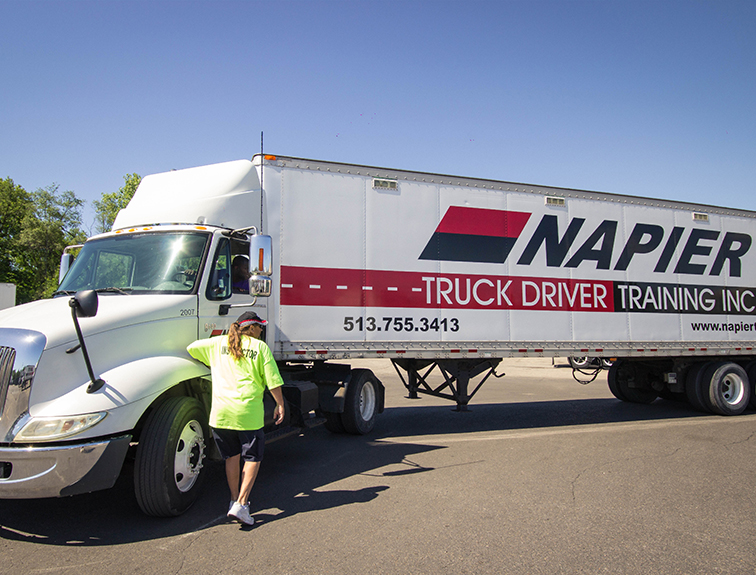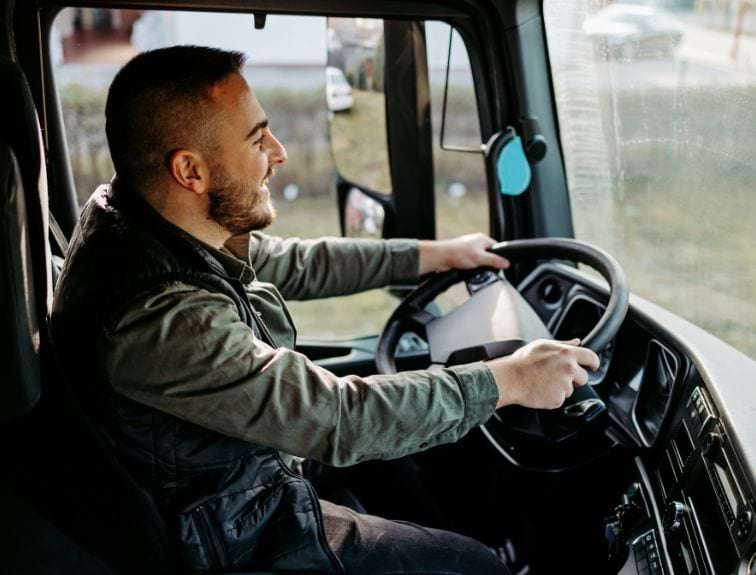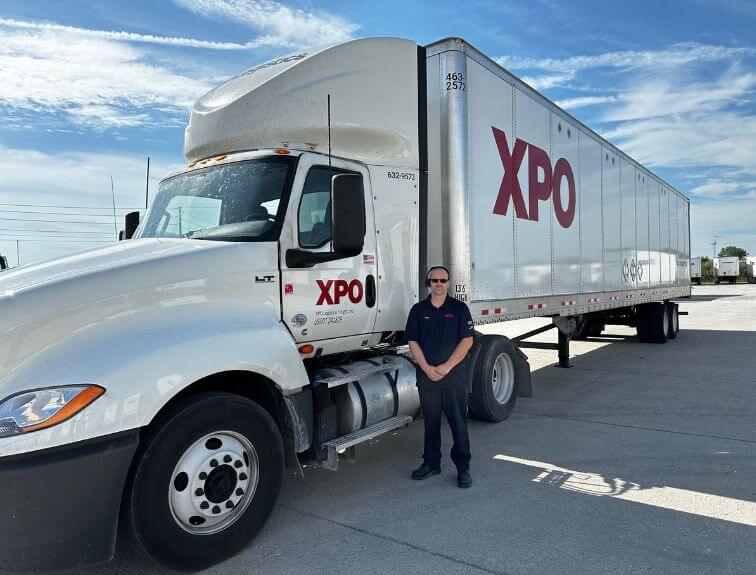Truck driving makes a great career for many people: the money is good, you have the option to drive and see the country, and best of all, you won’t have to sit in an office every day from 9 am to 5 pm.
Deciding to go to truck driving school is a big decision, and many people find themselves on the fence about it for many different reasons. Take an inside look at what happens in driving school. It may help you decide if this is the right career path for you.
Register for Class
First, you’ll schedule an appointment to meet with an admissions representative. They’ll explain each CDL program in detail and discuss all enrollment requirements. To enroll, students must be at least 21 years old and have a valid driver’s license. Students must meet medical requirements and be able to pass a DOT physical. When enrollment requirements are met you’ll register for your class start date.
Tuition Payments
Napier Truck Driver Training maintains one of the most affordable tuition rates in the state. From Government assistance plans to tuition reimbursements, we’ll work with you to find the best option available to help you cover your trucking school expenses or program fees.
Pick Your Class Schedule
We know that everyone is going to have different needs and different schedules. At Napier, we offer both full-time and part-time CDL training options. Our full-time classes run from 7:30 am until 4:30 pm, Monday to Friday, for 5 weeks. This gives students 200 hours of CDL training. Your time will be spent in a combination of classroom instruction and behind-the-wheel training.
For those with a busier schedule, our Class A CDL training weekend course gives you full-time training on a part-time schedule.
What You’ll Learn
Our full-time or part-time classes cover the same training topics, both taught by experienced instructors. The classroom training covers various topics including safety rules, accident reporting, logbook instruction, and other industry-specific topics. Hands-on training takes all of the classroom learning onto the road. All of the behind-the-wheel training is done on our training grounds, local highways, and city streets.
Now that you have an idea of what trucking school is really like, read more about the benefits of going to a CDL school.




